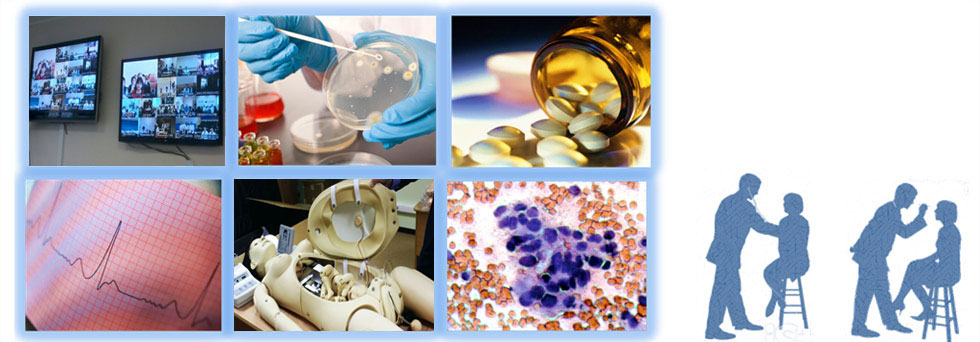Krivonkina E., Bakhirev A., Rumyanceva M. THE ROLE OF CYTOKINES IL-4 AND TNFα IN THE PATHOGENESIS OF ACUTE URTICARIA // Journal of Biomedical Technologies. 2017. № 1. P. 1‒8. DOI: 10.15393/j6.art.2017.3762
Issue № 1 (2017)
Original research
THE ROLE OF CYTOKINES IL-4 AND TNFα IN THE PATHOGENESIS OF ACUTE URTICARIA
| Krivonkina Evgeniya A. | Emergency hospital, 40 Kirova str., Petrozavodsk, Russia 185031, Krivonkina@yandex.ru |
| Bakhirev Alexander M. | Petrozavodsk State University, 33 Lenin str., Petrozavodsk, Russia 185910, bam@petrsu.ru |
| Rumyanceva Maria V. | Emergency hospital, 40 Kirova str., Petrozavodsk, Russia 185031, Krivonkina@yandex.ru |
|
urticaria angioedema IgE IL-4 TNFα cytokines |
At present, the cytokine system is considered to be one of the most significant regulatory systems. The cytokine patients’ profile is crucial in understanding the pathogenetic mechanisms of the development of various forms of urticaria (acute, chronic). The aim of this study was to determine the total IgE, IL-4, and TNFα in patients with acute urticaria and their role in the pathogenesis of the disease.
Materials and methods. We examined 50 patients hospitalized in the emergency hospital in Petrozavodsk because of the acute urticaria, or urticaria in combination with angioedema. The control group was represented by 20 healthy students. We determined and compared the level of total IgE, IL-4, and TNFα in the patients of the study group and in the control group.
Results. The level of the total IgE was increased (more than 75 IU/ml) in 55.1% of patients, in 22.4% of patients there was a significant excess of the norm to more than 500 IU/ml. The average value of the total IgE level in patients was 500.4±933.5 IU/ml (min 0, max 3319.1). In 89.5% of people in the control group, the level of total IgE was normal, while in the rest 10.5% the norm was exceeded by no more than 2 times. In the control group, the parameters of the average total IgE were within the range of 27.0±49.5 IU/ml (min 0, max 193.6). Thus, the level of total IgE was significantly elevated in patients with acute urticaria / angioedema (p<0.001). The average level of IL-4 in the study group was 16.99 ± 28.44 pg/ml (min 6.4, max 200.0), while in the control group it was 4.34±4.21 pg/ml (min 0.43, max 14.91). The level of IL-4 is significantly higher in the study group (p˂0.001). The average level of TNFα in patients was 3.39±4.03 pg/ml (min 0.27, max 20.66), whereas in the control group it was 2.09±3.2 pg/ml (min 0.36, max 12.33). The concentration of TNFα was significantly higher among the patients of the study group (p˂0.01). The level of TNFα significantly correlated with the increased level of total IgE in the patients of the study group (R=0.39, p=0.0058, p˂0.01). There was no significant correlation between the level of IL-4 and the level of total IgE in the patients’ serum in the study group (R=0.15, p=0.32).
Conclusions. 1. Almost a quarter of patients have acute urticaria which is allergic and IgE-mediated. 2. The immune response in acute urticaria develops predominantly as the Th2-type response. The autoimmune response which is often involved in the pathogenesis of acute forms of urticaria develops through a similar, Th2-related, pathway and is most typical for chronic forms of hives. 3. TNFα takes part in the pathogenesis of acute urticarial and appears to be not only a product of degranulation of mast cells; it may also participate in one of the stages of initiation of IgE-mediated response. |
Displays: 3005; Downloads: 6431;




